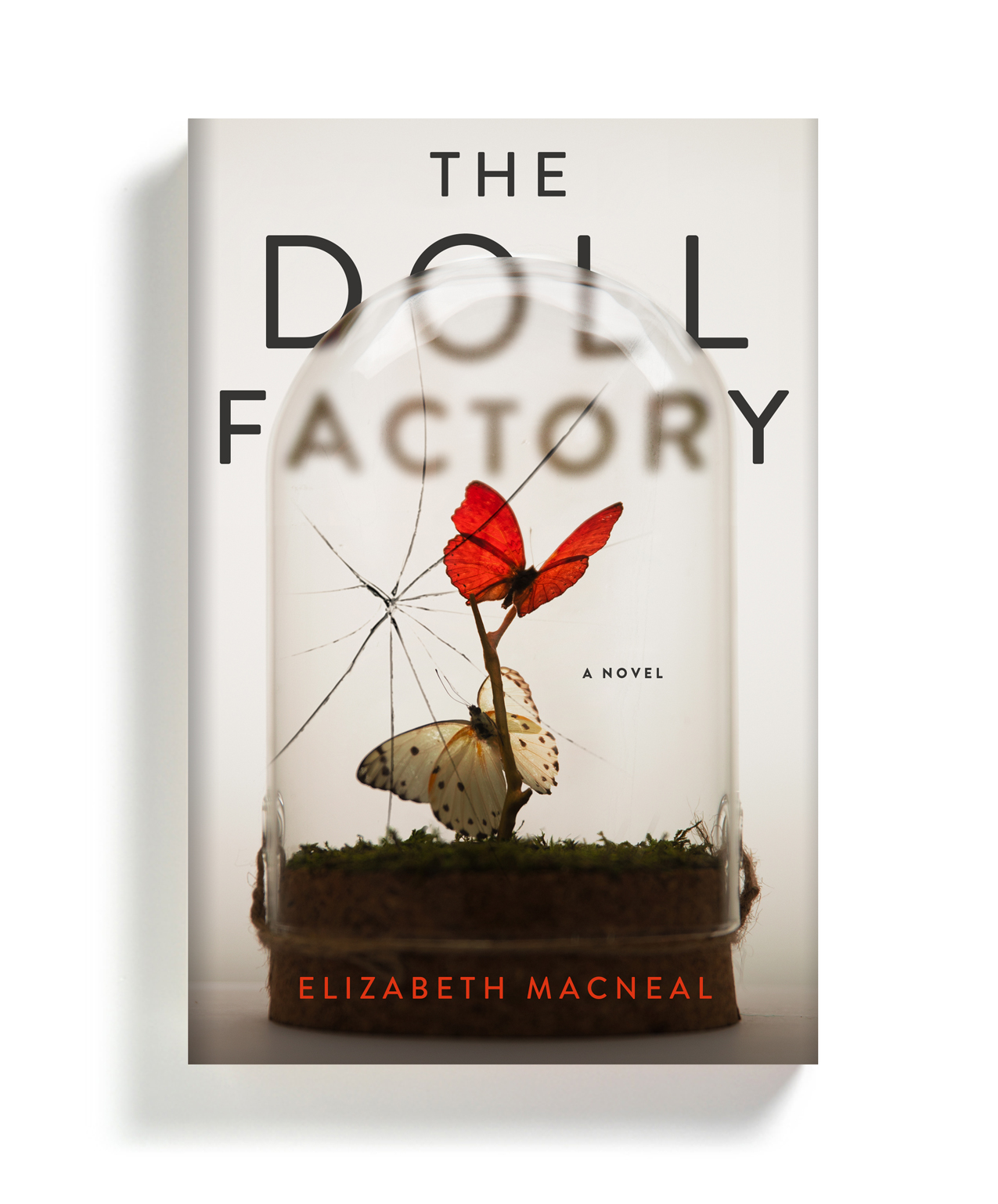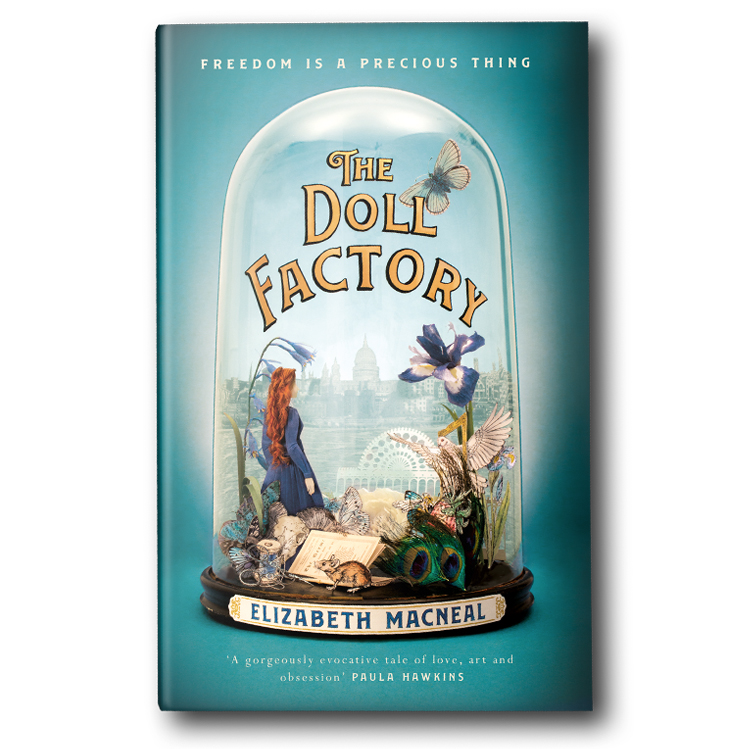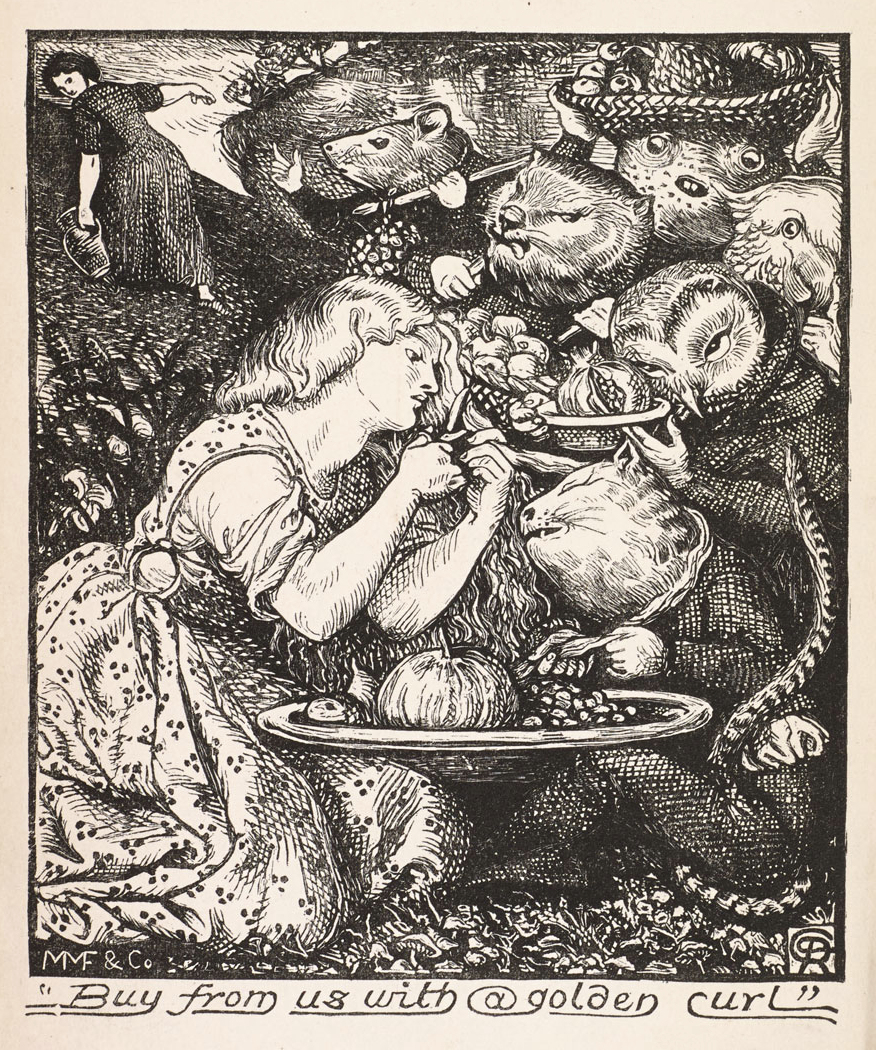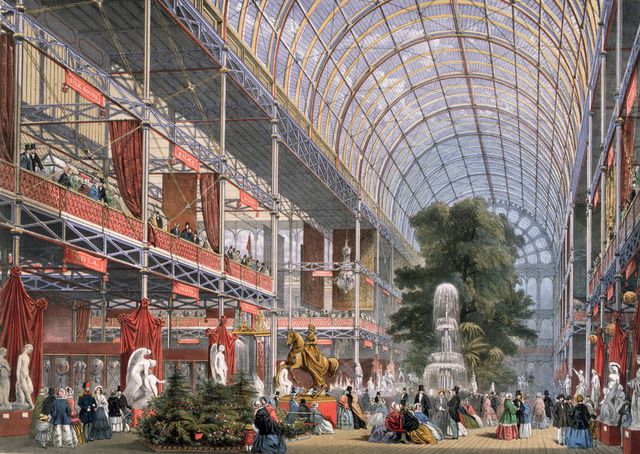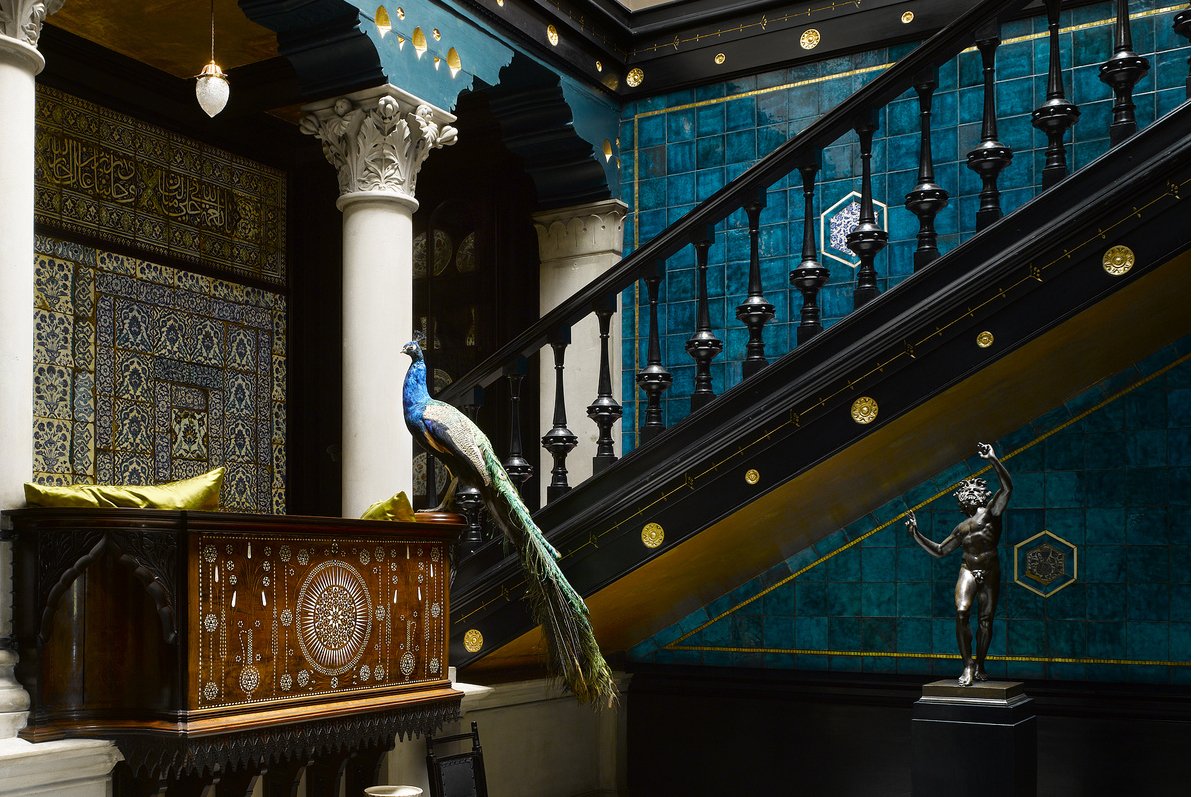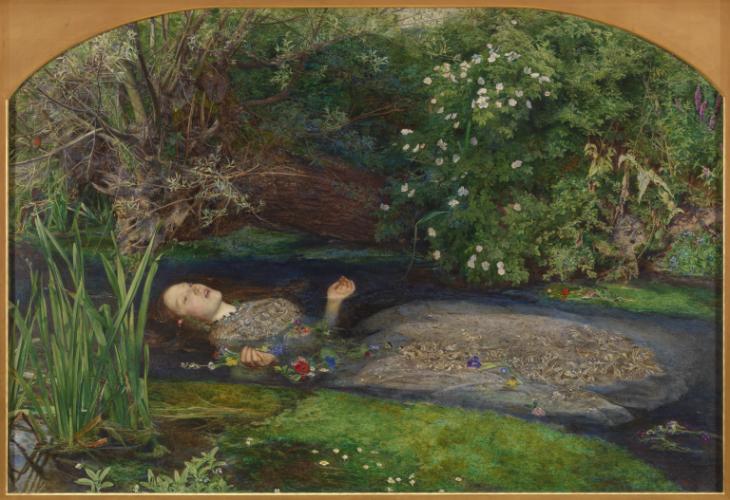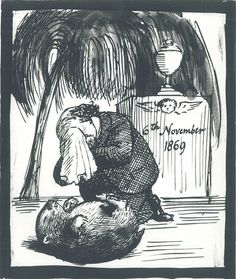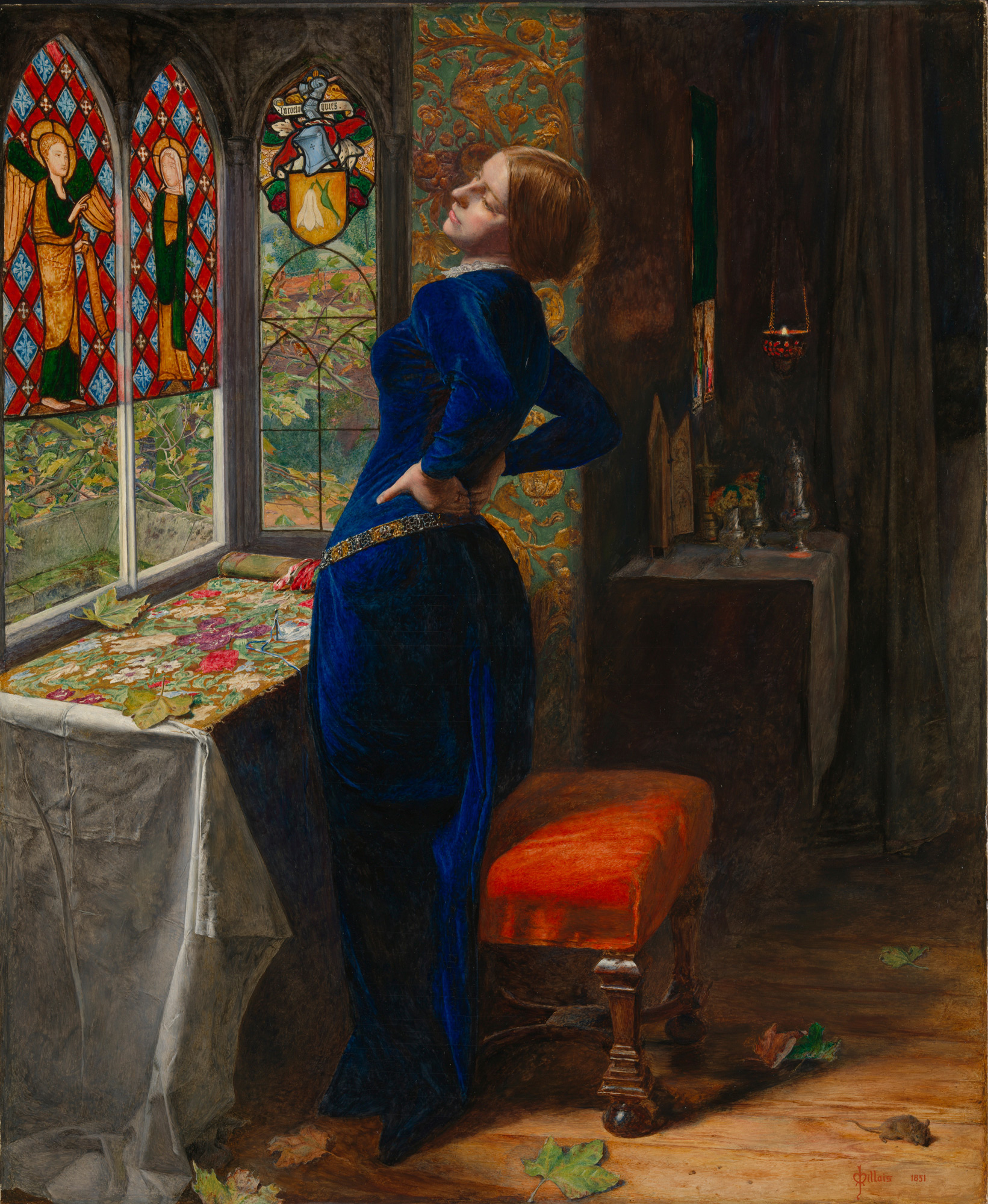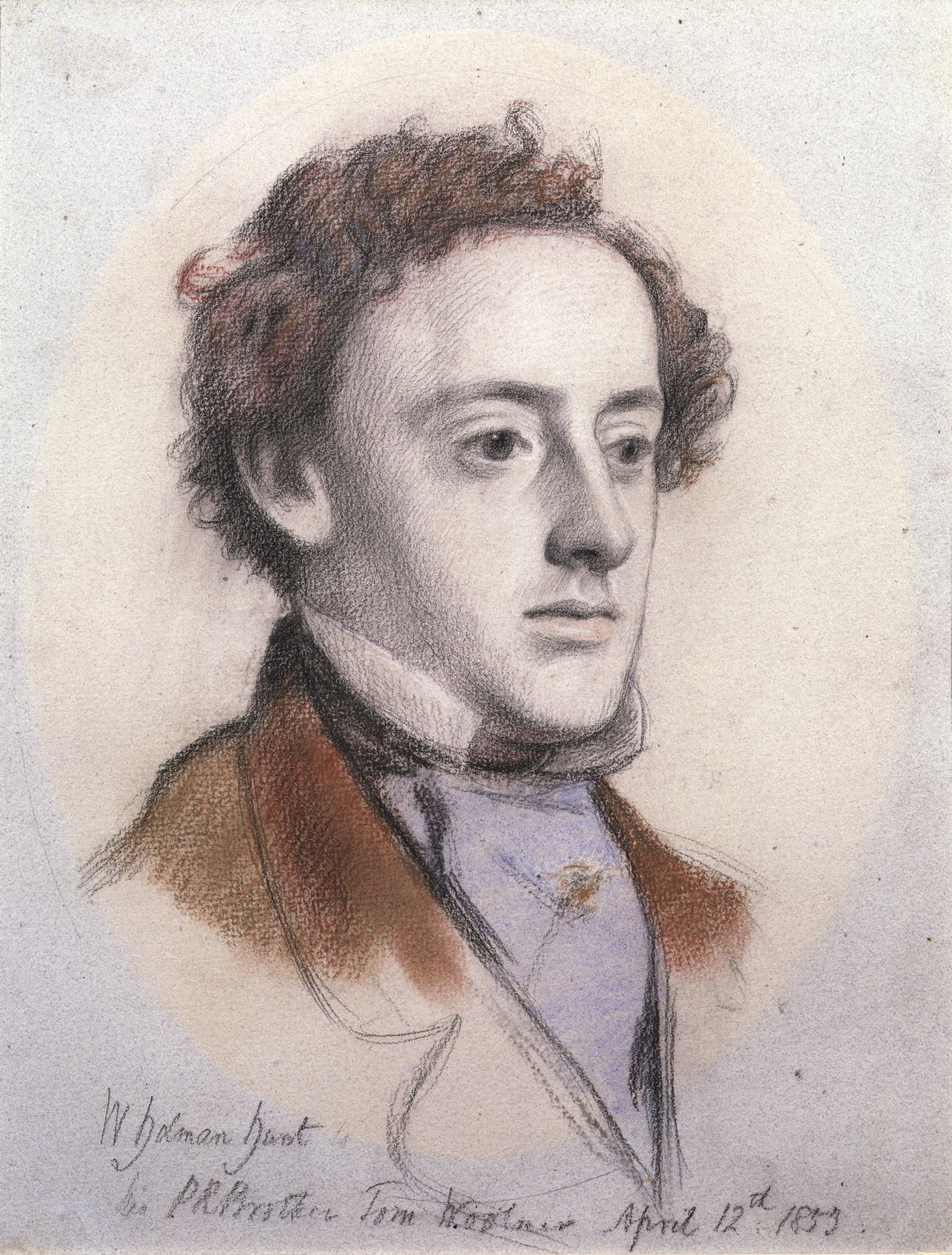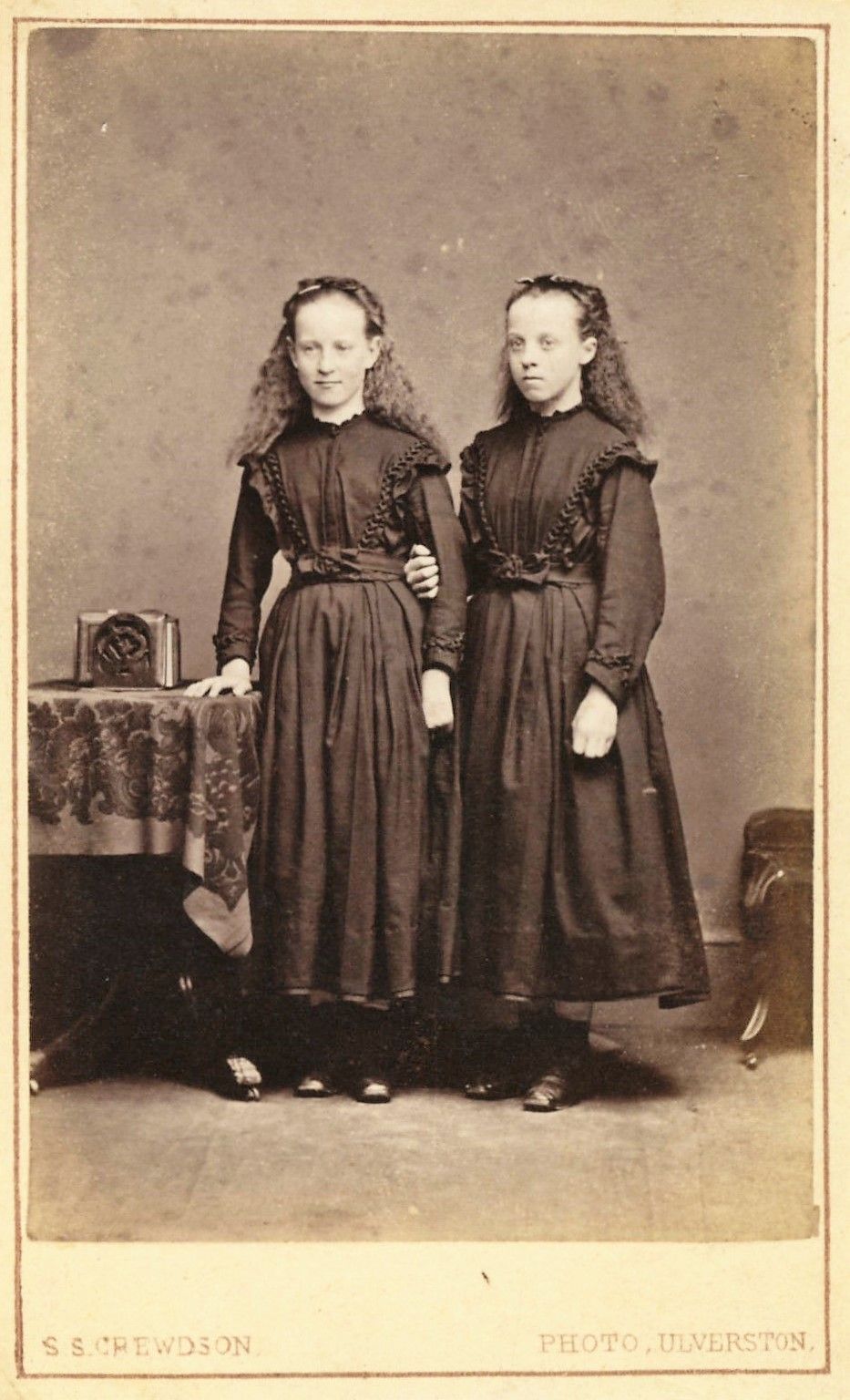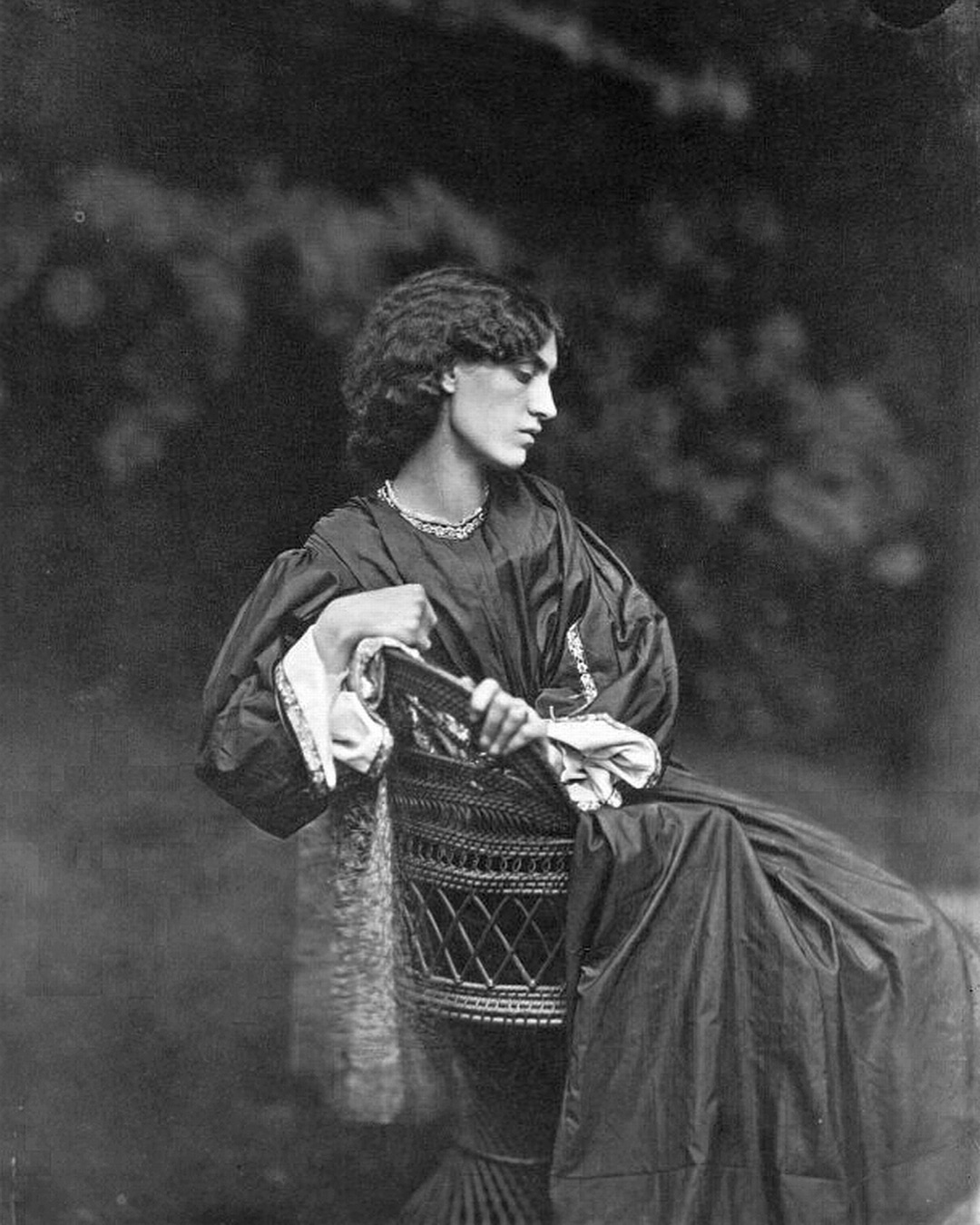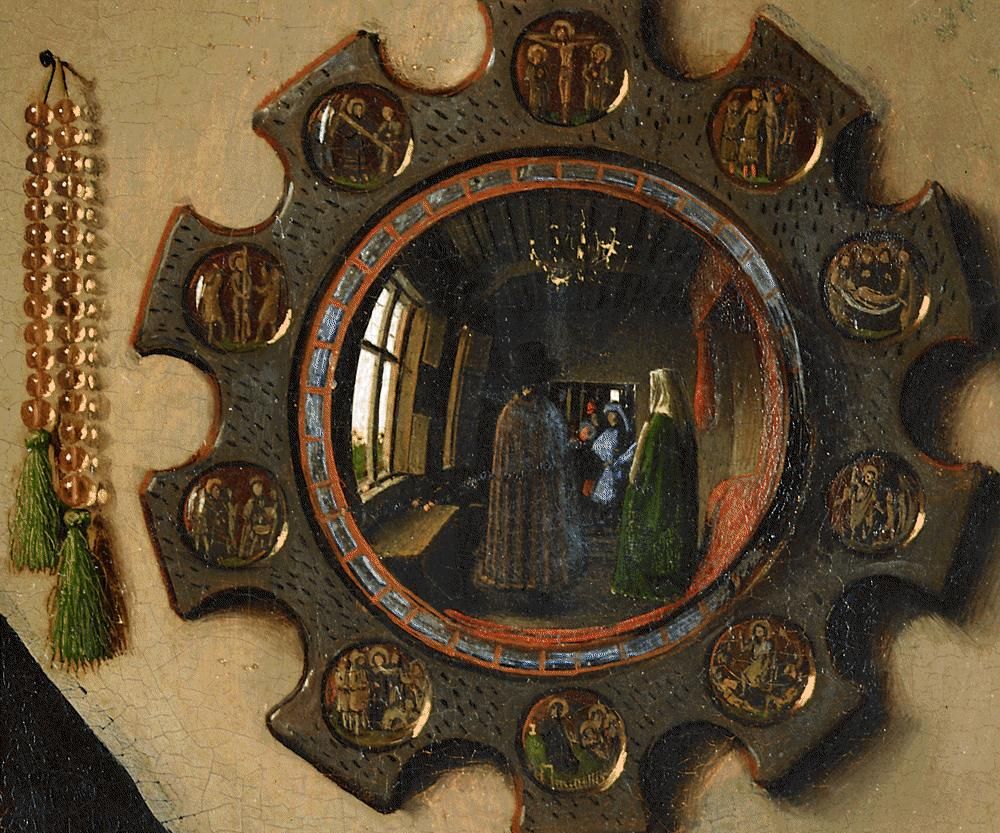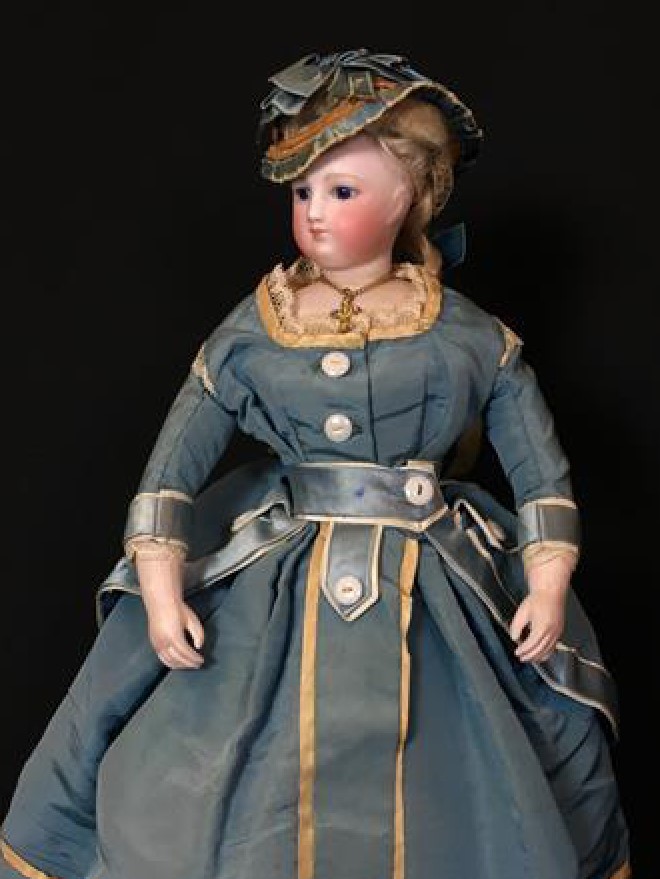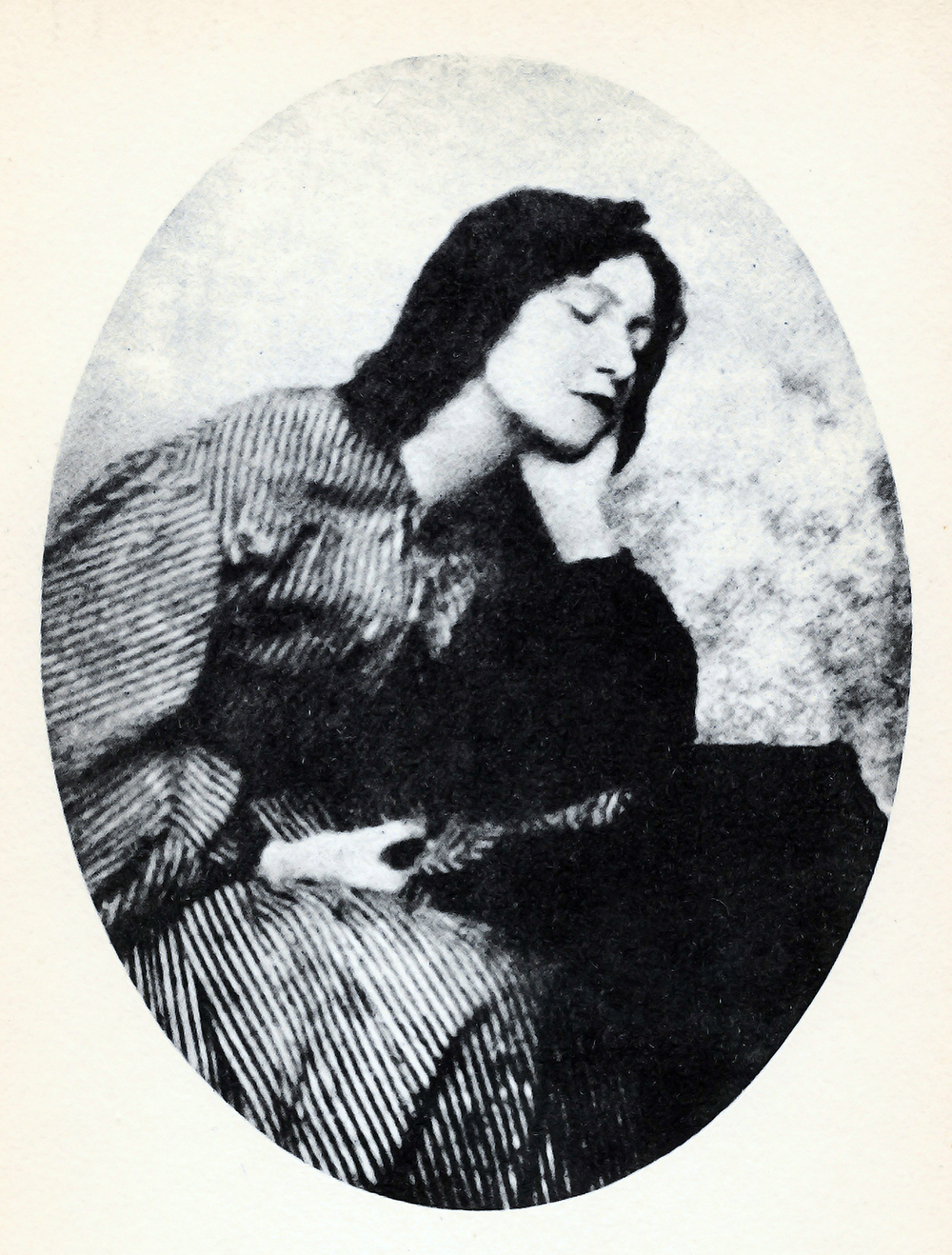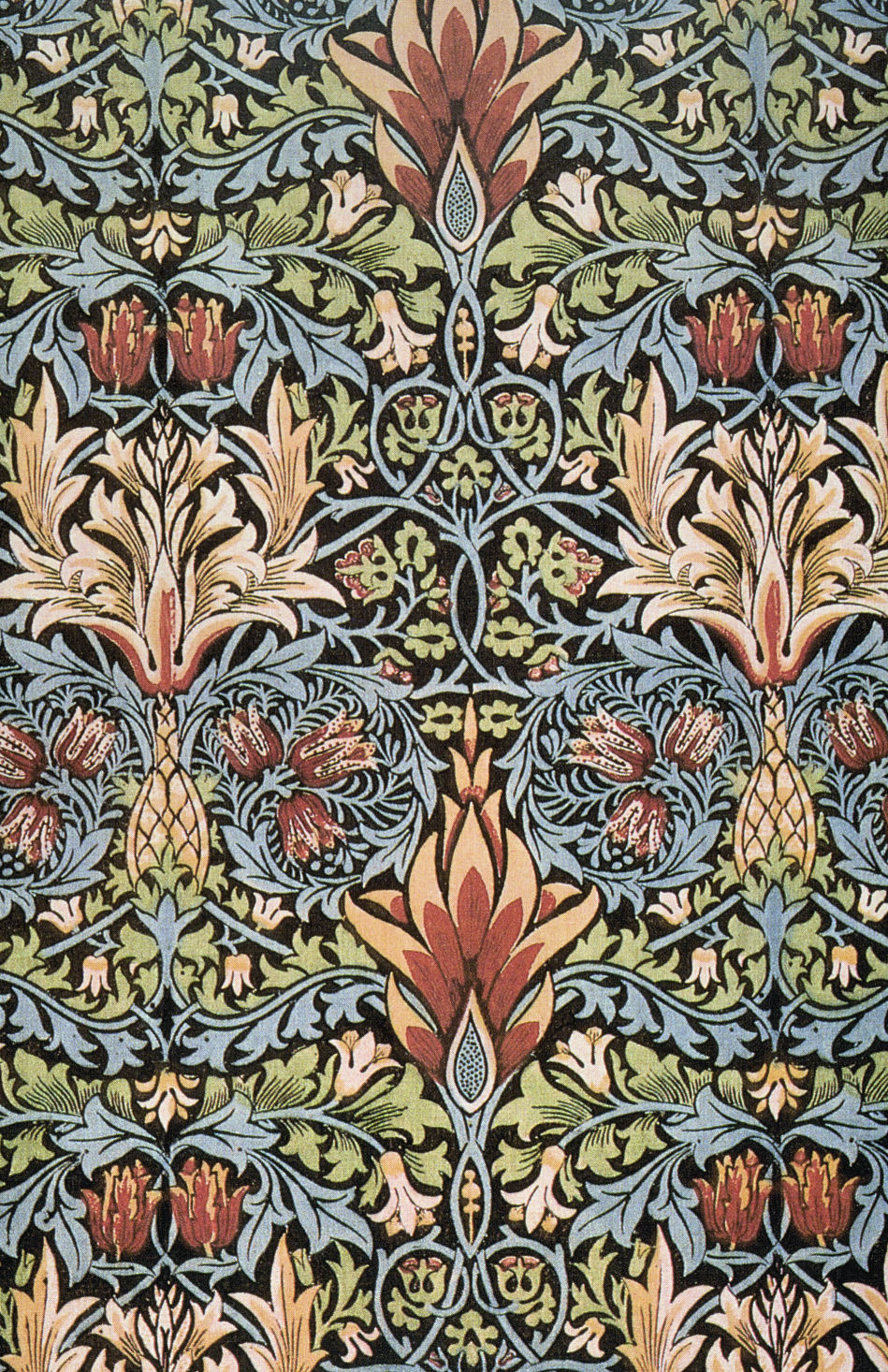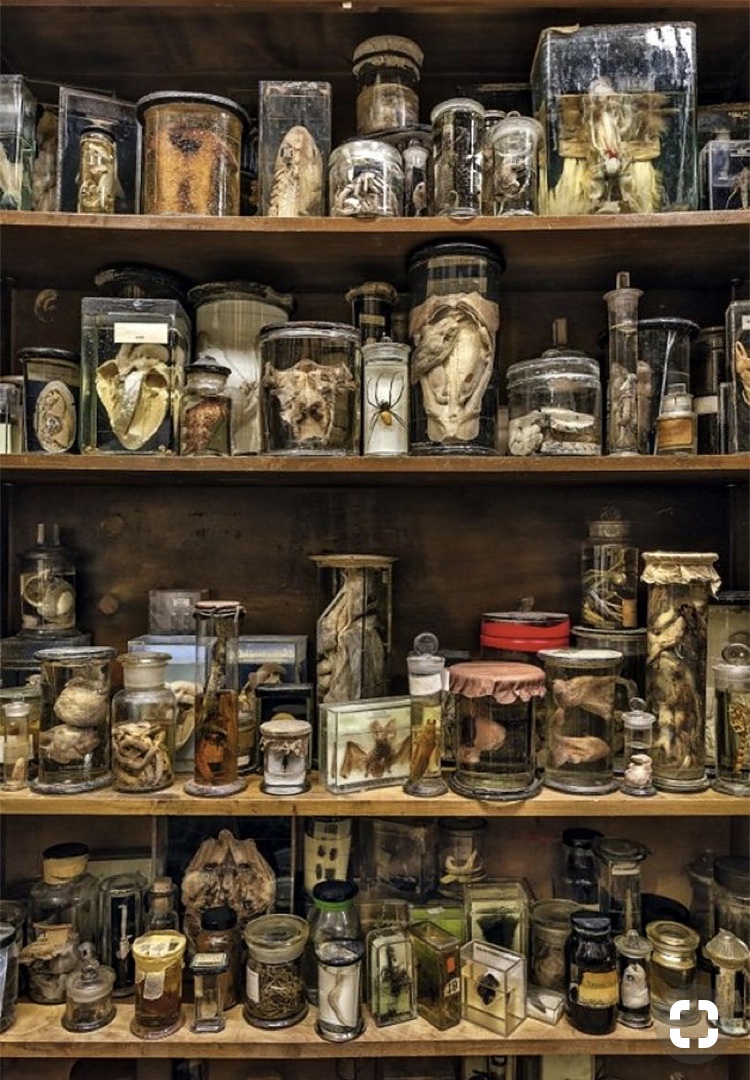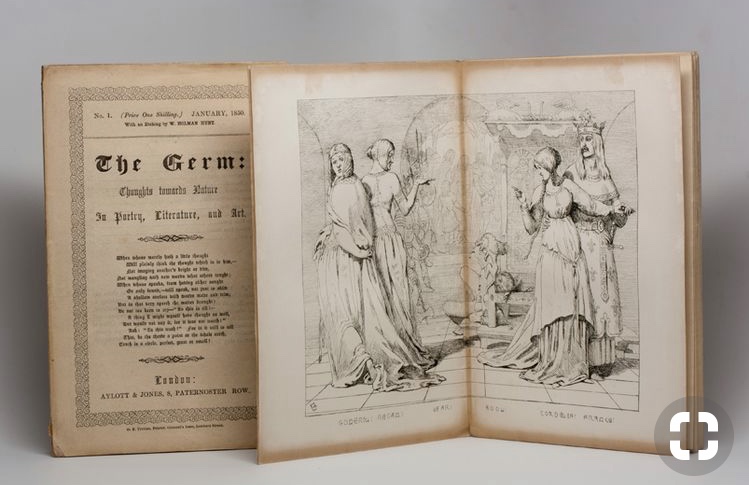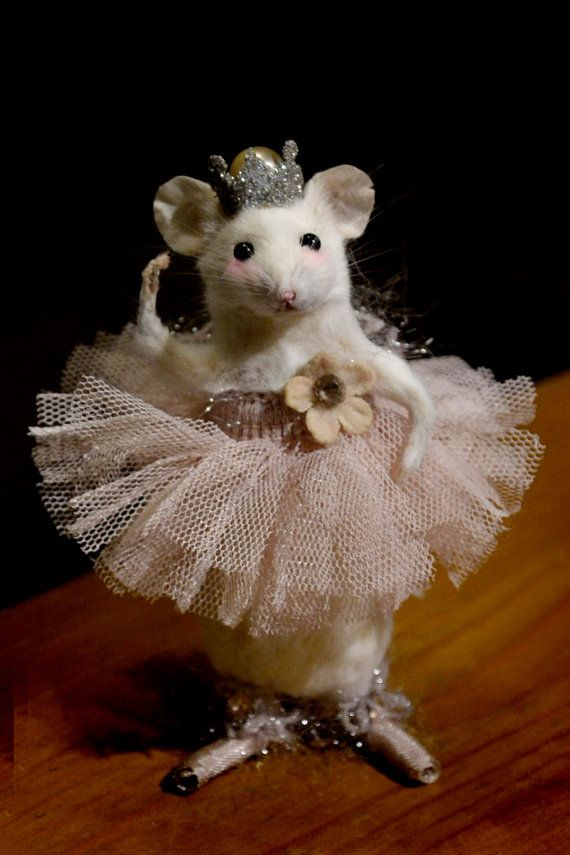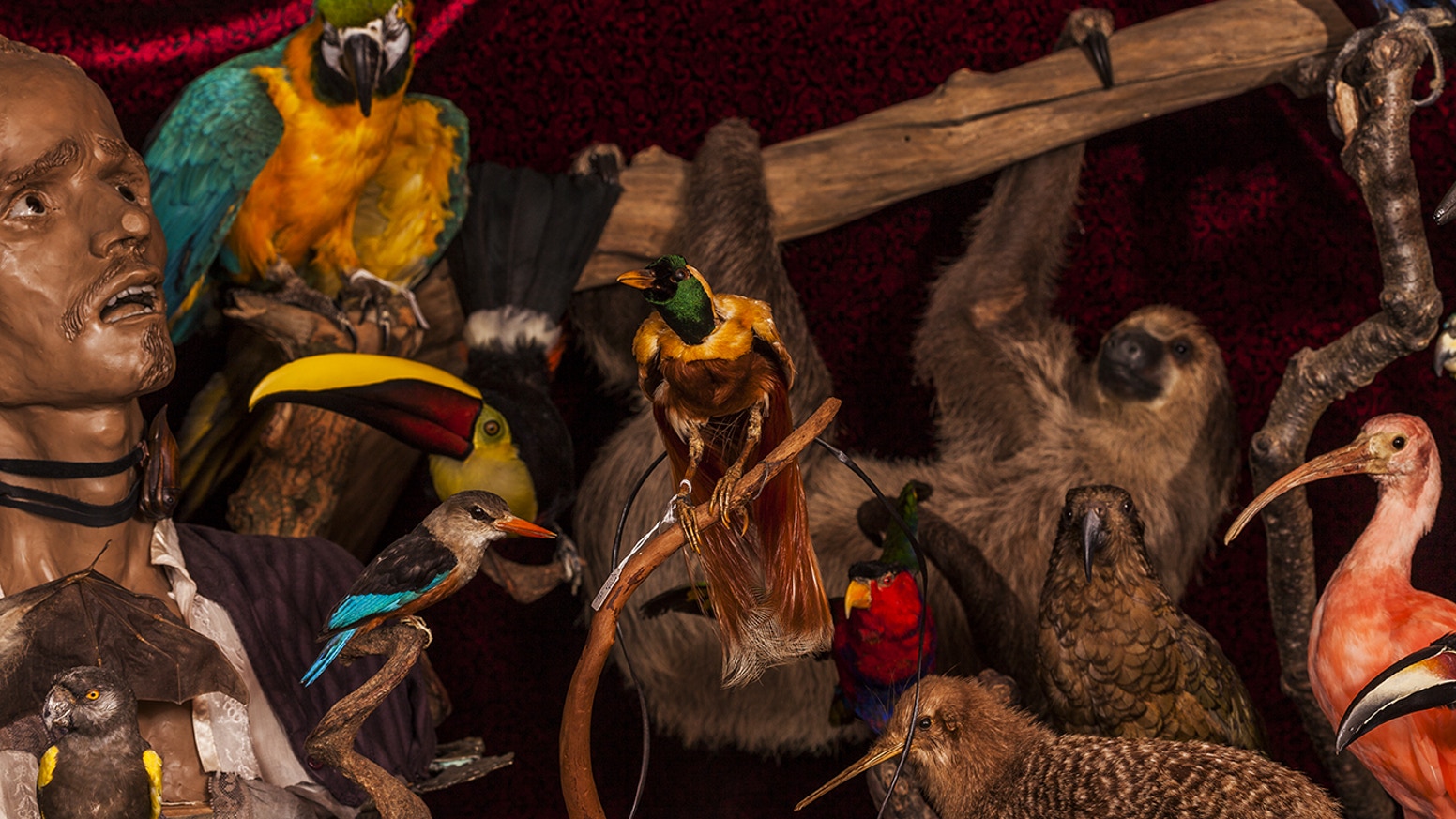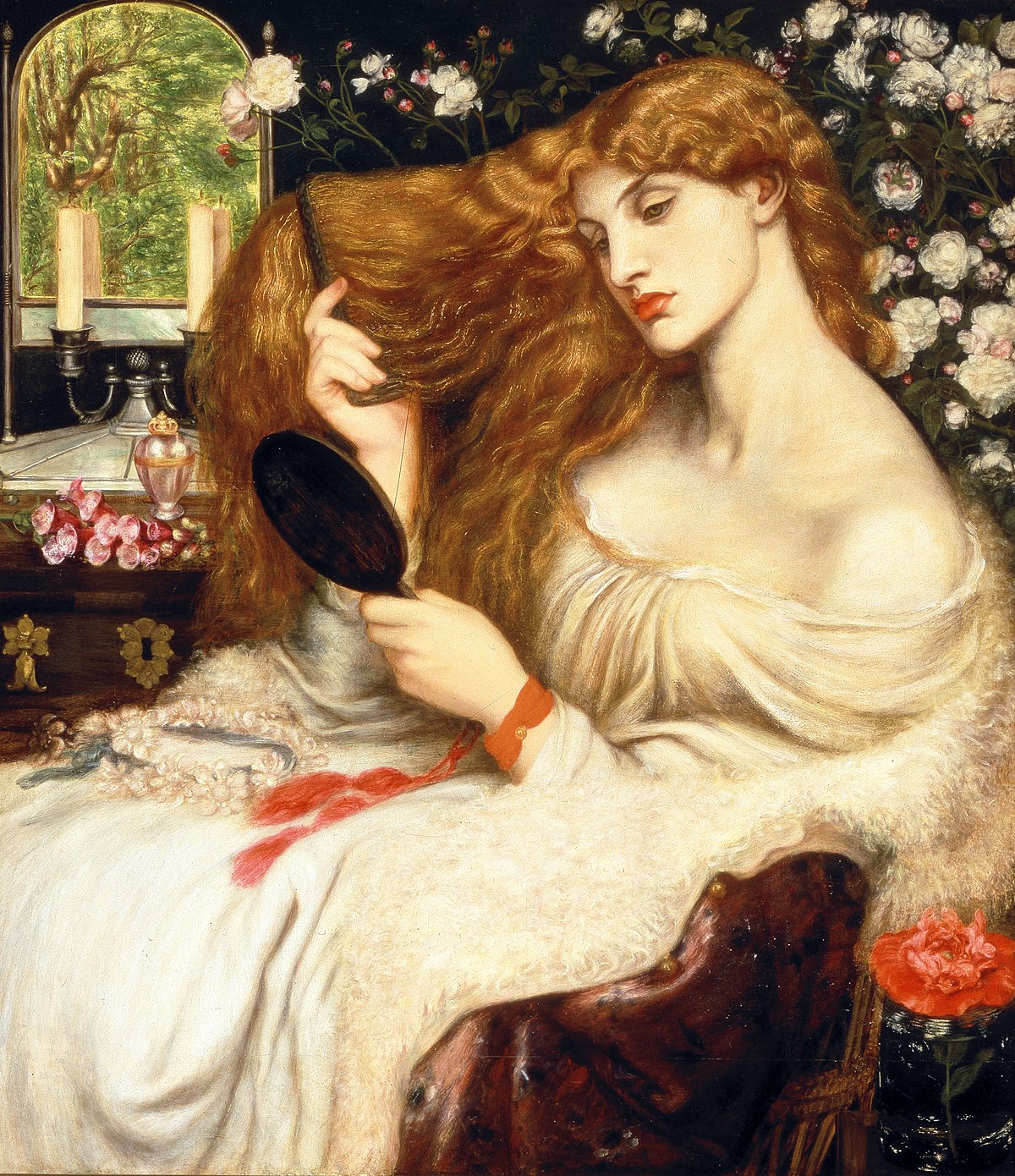The Doll Factory is the intoxicating story of a young woman who aspires to be an artist, and the man whose obsession may destroy her world for ever.
A sharp, scary, gorgeously evocative tale of love, art and obsession (Paula Hawkins, author of The Girl on the Train)
UK Booksellers:
US cover (left) and UK cover (right). Both covers are photographs of real bell jars filled with butterflies or illustrations. I love the connotations of the jars: of display, of museums, of collecting, of stilled movement, of entrapment, of mirroring, of distortion, of history… And at the centre of my novel, there is a girl who longs to be free.
The Doll Factory has been translated into 29 languages. It won the Caledonia Novel Award 2018, and was turned into a major TV series starring Saoirse Monica Jackson and Eanna Hardwicke. It is a Sunday Times Top Ten Bestseller, a Radio 2 Book Club pick, and Radio 4 Book at Bedtime.
About
London. 1850.
The Great Exhibition is being built in Hyde Park. Among the crowd watching the spectacle, two people meet. For Iris, an aspiring artist, it is the encounter of a moment – forgotten seconds later, but for Silas, a collector entranced by the strange and beautiful, that meeting marks a new beginning.
When Iris is asked to model for Pre-Raphaelite artist Louis Frost, she agrees on the condition that he will also teach her to paint. Suddenly her world begins to expand, to become a place of art and love.
But Silas has only thought of one thing since their meeting, and his obsession is darkening . . .
Inspiration
Tap the icons above to scroll through more images which inspired me.
I have always been fascinated by the life of Lizzie Siddal. Her tragic end moved me - a suspected overdose of laudanum, with Rossetti exhuming her years later to retrieve the only copy of the poems he had buried with her - but I was also interested in her first years as a model and artist. How would it feel to be plucked from the obscurity of a milliner’s shop, to be transported into a bohemian world of precocious and talented young artists, to be a muse and model while also yearning to become an artist, to fall in love with Rossetti and to learn to paint from him?
Ten years ago, I wrote my undergraduate dissertation on clutter in 1850s literature, and I was struck by the ambition of London - its Great Exhibition, the move towards mass manufacture, the construction of factories, and an emphasis on productivity and invention. And set against this, the rise of a group of artists prizing craft beyond all else, and a collector of curiosities who longs to have a museum named after him, who makes the obscure and morbid curiosities which the artists include in their paintings. Who made, even, the mouse in the corner of Millais’s Mariana.
And that’s when I started writing about Iris and Silas and Albie, and what it meant to yearn, to desire, to be part of this bustling ambitious city.
I crammed it full of all of the things which interest me: there are wombats and destroyed paintings, a doll-making shop presided over by a laudanum addict, a Pre-Raphaelite artist’s studio lined with peacock feathers, a curiosity shop stuffed with the strangest of creatures, and the greatest exhibition London had ever seen.
To read more about the book and how I wrote it, the Observer published an interview with me as part of their feature, ‘The Hottest-Tipped Debut Novelists of 2010’. You can read it here.
I really hope that you enjoy The Doll Factory.
Interview
This interview was featured in The Bookseller on 1st March 2019.
Author Quotes
Some writers I admire have said some lovely things about my novel:
A sharp, scary, gorgeously evocative tale of love, art and obsession (Paula Hawkins, author of The Girl on the Train)
A stunningly confident first novel with a real sense of period and place . . . thoroughly engrossing (Ian Rankin)
This brilliant literary thriller gripped me from the opening page and didn’t relinquish its hold until I’d read the final sentence. The Doll Factory conjures 1850s London in all its grime and glory, possibility and restriction inabsorbing, immersive detail. Elizabeth Macneal has created that rare thing: a beautifully researched historical novel with a plot to stop your heart. If this is her first book, I can barely wait to see what she writes next (Hannah Kent, author of Burial Rites and The Good People)
Fantastic. Vivid, poignant, colourful and elegantly horrifying (Bridget Collins, author of The Binding)
An astonishingly good debut. The Doll Factory reminded me of The Crimson Petal and the White, Fingersmith and Vanity Fair but had a richness of tone that was uniquely its own. Macneal writes with utter mastery, creating a lushly intricate world peopled by living, breathing characters you can’t help but fall in love with and a plot that rattles like a speeding carriage to its thrilling conclusion. I couldn’t put it down. You won’t be able to either (Elizabeth Day, author of The Party)
The Doll Factory is brilliant, with a refreshingly original quality, beautifully orchestrated narrative, great characters and some fascinating background detail (Andrew Taylor, No. 1 Sunday Times bestselling author of The Ashes of London and The American Boy)
The Doll Factory is one of the best books I’ve read in ages – heartbreaking and evocative. Elizabeth Macneal draws a vivid picture of life in 1850s London, exploring the world of the Pre-Raphaelites and examining the position of women through her unforgettable heroine. At the same time, Elizabeth creates a perfectly structured and page-turning story of love and passion; crime and obsession. A wonderful and intense novel. I loved it (Jenny Quintana, author of The Missing Girl)
With strong echoes of John Fowles' The Collector, The Doll Factory is at once a vivid depiction of a morally dubious world, and a page-turning psychological thriller, with a truly compelling villain (Essie Fox, author of The Somnambulist)
A stunning novel that twines together power, art, and obsession. At every turn expectations are confounded - it’s a historical novel and yet feels incredibly relevant and timely. I loved its warmth, it’s wry humour, and the way each small thread leads into an unbearably tense and chilling denouement that had me totally gripped (Sophie Mackintosh, Man Booker Prize longlisted author of The Water Cure)
A remarkably assured and beautifully written debut, filled with sinister delights and intriguing themes of imprisonment and objectification. A truly captivating read (EC Fremantle, author of The Poison Bed)
The Doll Factory is darkly brilliant - The Collector meets Possession with added female power (Anna Mazzola, author of The Unseeing and The Story Keeper)
I loved The Doll Factory from the very first page and couldn’t do anything else until I’d read right to the end. An exquisite novel of obsession, delusion, resilience and love, Elizabeth Macneal really is a breathtaking new talent (AJ Pearce, author of Dear Mrs Bird)
The Doll Factory is a gripping, artfully written historical novel with a highly contemporary sensibility. The setting - 19th century London full of pomp, grime and menace - plays just one part in an immersive and intellectually satisfying narrative that interrogates gender politics, classism, relationships, artistic obsession and erotomania with a painterly eye and gleefully dark heart. Part love story, part gothic novel and leading up to a truly breathless conclusion, this book is destined to be one of the biggest titles of 2019, deservedly so. (Sharlene Teo, author of Ponti)
The sort of book you want to read curled up by a fire while your fingers twitch to find out what happens next (Rowan Hisayo Buchanan, author of Harmless Like You)
Me standing next to the real bell jar which was created for the UK cover. It was filled with hand-drawn illustrations from the book.

